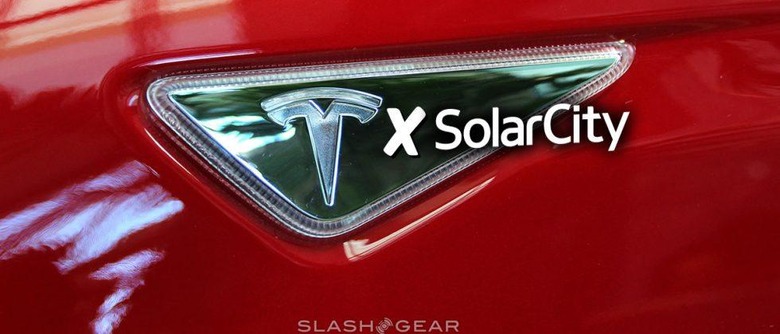Tesla's 'Master Plan' Part 2: Solar, Self-Driving, And Sharing
As promised earlier today, Elon Musk has posted about Tesla's master plan (part 2). If you're unfamiliar with the first part of that master plan, check it out here. Got the gist of it? Musk explains the rationale behind the original master plan, pointing out that it was largely shaped by the limitations of the funding behind it at the start. The automaker has proven successful since then, though, and with that success comes an evolution of its goals. In the second iteration of his Master Plan, Musk zeroes in a handful of new plans including solar energy, vehicle sharing, and autonomous driving.
First things first, the second part of the Tesla Master Plan is the use of a solar roof to charge a battery solution, and that goal necessitates tapping SolarCity. "That [Tesla and SolarCity] are separate at all, despite similar origins and pursuit of the same overarching goal of sustainable energy, is largely an accident of history," Musk explains, saying, "the time has come to bring them together."

Solar is only part of the Master Plan continuation, though. Tesla plans to address all the major automotive segments with future vehicles including a "new kind of pickup truck" and a compact SUV, as well as its current vehicles and the Model 3. This goal probably won't include a car that's cheaper than the Model 3, though, due to another part of the Master Plan: a way to share your Tesla vehicle and make money doing so.
The automaker envisions a future in which a Tesla owner can use their mobile app to add their personal Tesla vehicle to the Tesla shared fleet. Doing so will make it easy to 'share' your vehicle and make money doing so, with the idea being that you'll be able to offset the cost of the car by sharing while others will get access to Tesla vehicles without having to own one. According to Musk, Tesla Motors will offer its own shared vehicle fleet in places where the demand for shared Tesla cars is higher than the number of owners sharing them.
Finally, and to the surprise of no one, Tesla is fully onboard for our autonomous transportation future. The automaker has already introduced partial-autonomy with its Autopilot feature, and one day it will offer fully autonomous vehicles. "As the technology matures," Musk explains, "all Tesla vehicles will have the hardware necessary to be fully self-driving with fail-operational capability, meaning that any given system in the car could break and your car will still drive itself safely."
SOURCE: Tesla
